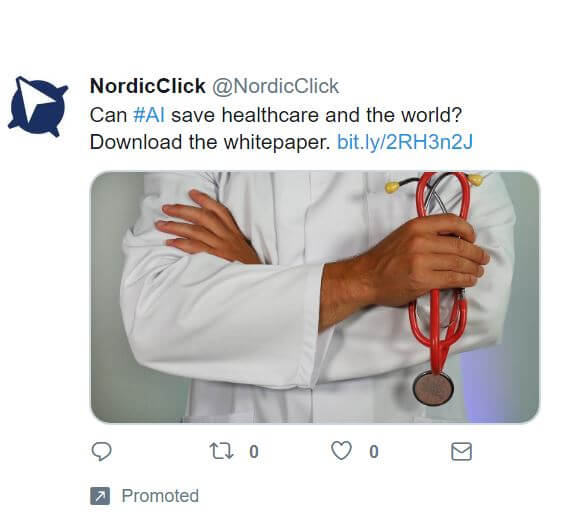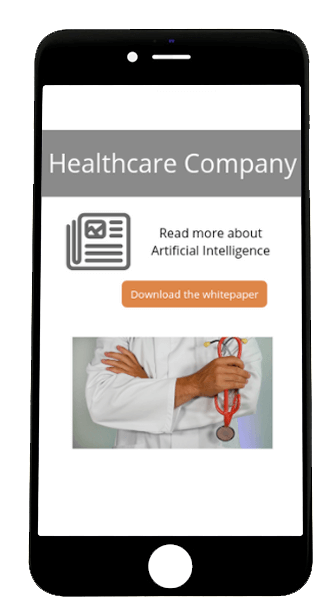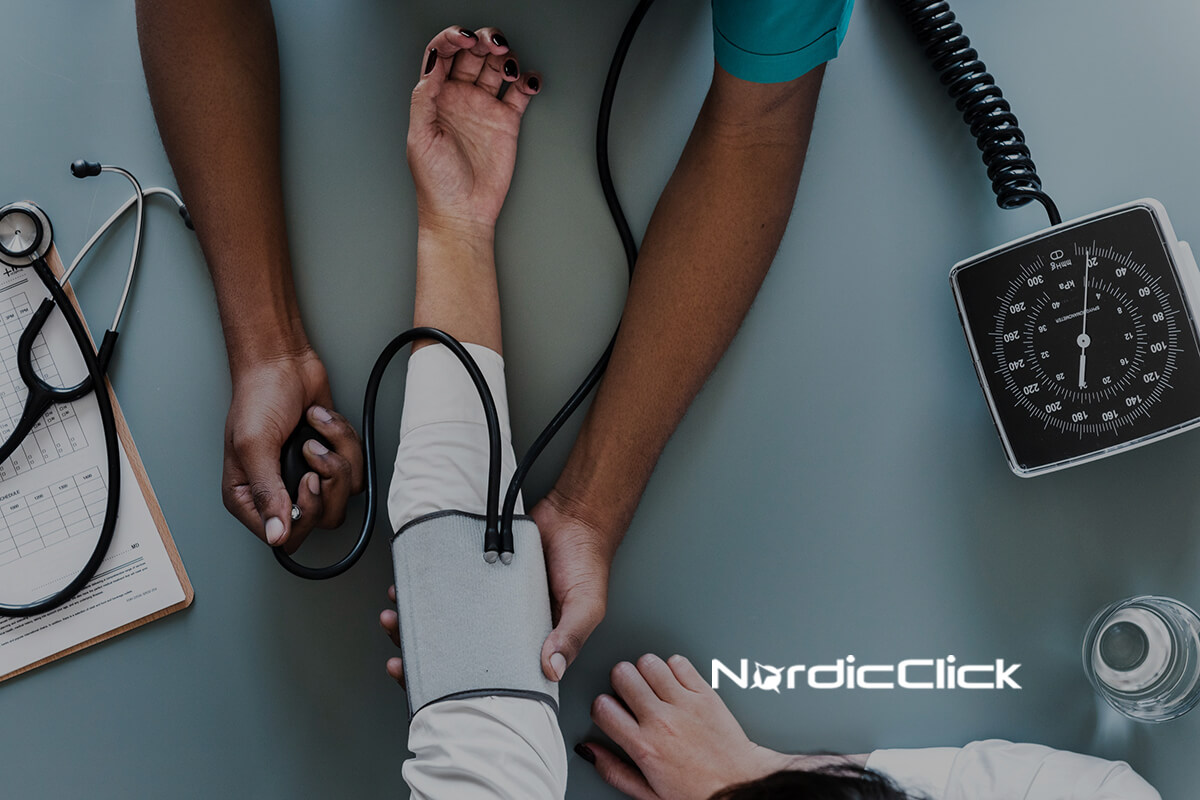Understandably low on free time, Doctors, Nurses and CEOs in the Healthcare industry want reputable content that applies directly to them in that moment. If not, they keep scrolling… To capture their fleeting attention, your social ads need to be tailored to reach this healthcare professional with the right topic at the right time. Sound impossible? It’s not!
So, what’s the prescription for getting busy healthcare professionals to stop and engage with your content? Read on!
Social Platform: Twitter
Today, I am focusing on the social platform Twitter, but this strategy can (and should) be applied to any advertising platform. Twitter is a platform designed for sending out short, quick messages to a wide array of people. While the fast pace can be intimidating, the real-time updates and quick conversation Twitter offers make it the perfect place to pick up on trends in the healthcare industry and join the conversation using hashtags.
Selecting the Right Audience, Content & Timing
You’ll first want to find your niche audience on Twitter. This can be done manually or through a tool, but the goal is to find key influencers talking about your topic or similar ones. Once you find the influencers, it’s easier to develop a list of relevant hashtags and keywords to utilize in your ad targeting.
Through your audience research, you’ll find hot topics that healthcare professionals are talking about. This is the content you need to be creating in order to engage with them.
While some topics are relevant for longer periods of time, it is also important on Twitter to align your content topics with the timing of things happening in the industry. If there is a big conference or event that you know many healthcare professionals will be attending, create content that ties in with the event’s discussion topics and promote it around this same time period.
Creating a Non-Disruptive Experience
Once you have your audience and content selected, the most important part is yet to come – the experience. To capture the attention of an audience strapped for time, without wasting their time, your landing page should clearly and quickly address the call-to-action (CTA) you promised in your ad.
To create a non-disruptive experience, the CTA in your ad should directly match the CTA on your landing page, which they should see the instant they land on your page. For example, if your ad tells your audience to download a whitepaper, they should see this same CTA immediately on the landing page. When the conversion is the first thing they see upon landing on the page, it makes it a no-brainer that it is what they are here to do and will do.


Another key factor to consider when creating a non-disruptive experience is how users experience your landing page on a mobile device. As most social media users are on their phones, your page needs to be optimized for this experience. (Check out this blog on mobile optimization for tips on what that looks like.)
Real Example
So, does optimizing the experience actually make a difference for conversions? After going down a rabbit hole of data, I found just how much the experience actually matters.
During the months of August and September, we ran an ad for a healthcare client with a “download the whitepaper” CTA leading to a landing page with a relevant video at the top of the page. While there was a whitepaper download on this landing page, it was not the primary focus, as the CTA suggested.
During the months of December and January, we updated the exact same ad to a “watch the video” CTA leading to that same landing page with the relevant video at the top of the page. Same creative, same landing page, updated CTA. This ad and landing page created a non-disruptive experience that led a user to the exact place they expected to be.
Results
When comparing the conversion rate for video views between August-September and December-January, we saw a 33% lift in conversion rate! Besides the time period, the only difference between these two ad experiences was the CTA in the ad copy.

When it comes to ad CTAs and landing pages, your audience doesn’t love surprises. This isn’t Christmas morning. By ensuring the experience on the landing page exactly matched what was promised in the ad copy, we nearly tripled our conversion rate for our target conversion. Use your ad copy to set a clear expectation and use your landing page to follow it through. Soon enough, you’ll be capturing the coveted attention of your audience on the go and turning ad clicks into quality leads.
Ready to create a winning Twitter strategy for your MedTech company? Check out our social advertising services and how we help companies that serve the Healthcare industry.

